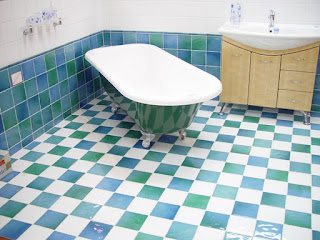 |
| Antique card 1909 |
I recently found out the Geoffrey Chaucer had something to do with associating the day commemorating the martyr(s) St. Valentine (there were a few of these) with romantic love. Modern Islam countries forbid celebrating the day, but this had reportedly resulted in a black market for roses. I think that's sweet. Love triumphs.
Enough has been written about the origin of the holiday and about the various saints responsible, though. I'd like to delve into something peripherally related, Hallmark.
The word itself means a mark put onto a piece of metal certifying it's value or pureness. The marks used to be made with steel punches, but lasers are now used, especially with delicate pieces. Different marks are used in different countries, and they've changed through the ages.
Since 1973, most of Europe has used standard CCMs, or Common Control Marks. According to the wikipedia article at
http://en.wikipedia.org/wiki/Hallmark, the"" multi-tiered motif of the CCM is the balance scales, superimposed, for gold, on two intersecting circles; for platinum, a diamond shape and for silver a mark in the shape of the Latin letter "M"." My gold wedding ring has some kind of tiny symbol, but even with a magnifying glass, I can't tell what it is.
 |
| Hallmark HQ, KC MO |
Hallmark Cards, closely associated with the Day of Love, had its start in 1910 in Kansas City, Missouri. Postcards were all the thing in the years before that, and the founder, a guy named Joyce Clyde Hall, decided to stock them, then to branch out into greeting cards. I think you had to make your own Valentine cards before then.
They marketed Valentine and Christmas cards at first, and were called Hall Brothers. The brother, Rollie, was responsible for marketing gift wrap. The company didn't start to be called Hallmark, though, until a few years later, 1928. They started putting their name on the backs of all their cards, like a hallmark. I believe people named Hall are still heading up the company.
Illustrations are in the public domain.









